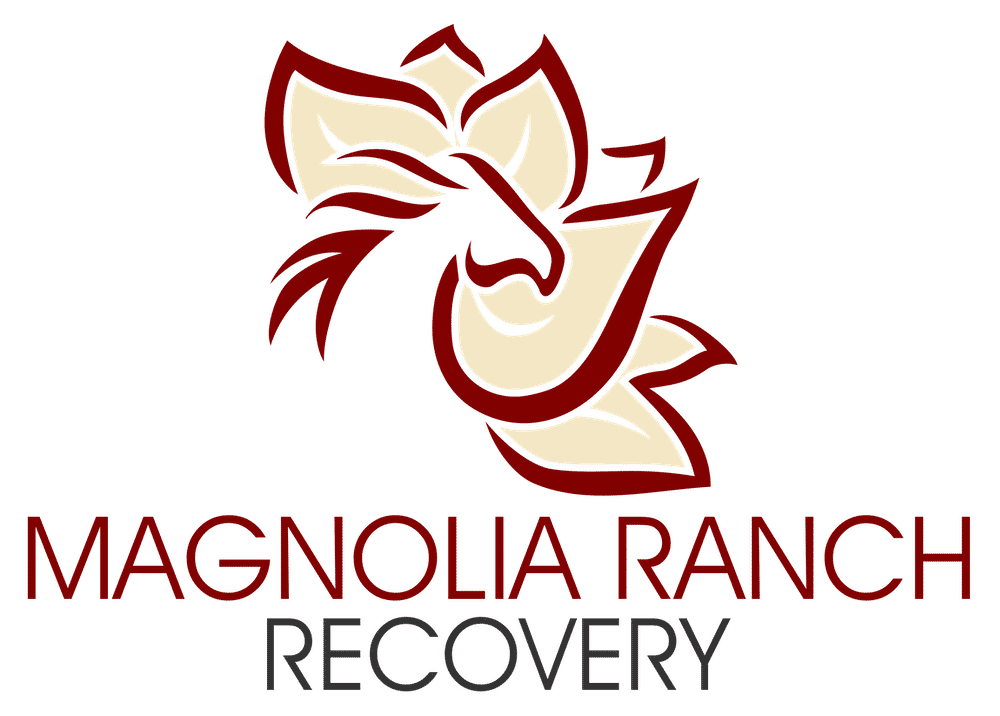Cocaine is a powerful stimulant that is notorious for its addictive properties. It’s essential to understand how long cocaine remains in the system, particularly in urine, as this information is crucial for both medical professionals and those seeking to overcome addiction. This detailed guide will focus on the duration of cocaine in the urine, the influencing factors, and how it compares to other detection methods.
What Is Cocaine?
Cocaine is a psychoactive drug extracted from the coca plant’s leaves. It acts on the brain to increase levels of dopamine, leading to feelings of euphoria and increased energy. Though it might be used legally for some medical procedures, its illegal recreational use can lead to devastating health and social consequences.
Forms and Methods of Consumption
Cocaine exists in several forms, each influencing how long it stays in the system, including urine. These forms include:
- Cocaine Hydrochloride: A powdered form that is often snorted, leading to a rapid absorption into the bloodstream.
- Crack Cocaine: A smokable form that reaches the brain quickly.
Methods of consumption, frequency of use, and individual metabolism all play a role in how long cocaine stays in the urine.
How long does cocaine stay in urine?
Urine testing is a widely used approach for identifying the presence of various substances, including cocaine, in the body. It’s important to note that cocaine itself has a relatively short half-life of about an hour. However, its metabolites, particularly benzoylecgonine, linger in the system for a longer period. On average, cocaine can be detected in urine for 2 to 3 days after the last use. For frequent or heavy users, this detection window may extend to a week or even longer. The specifics can vary based on individual factors such as metabolism, the amount used, and the frequency of use.
Various factors can influence how long cocaine or its metabolites remain detectable in urine. Metabolic rate, for instance, can play a significant role; people with faster metabolisms may process the substance more quickly, reducing its detection time. Hydration levels also matter. More diluted urine could potentially make it harder to detect the drug, although many drug tests account for this factor. Age, overall health, and the presence of other substances in the body can also contribute to varying detection times.
Another element that can affect the test is the sensitivity of the test itself. Some tests are more sensitive than others and can detect even trace amounts of cocaine or its metabolites. Different types of tests also have varying ‘cut-off’ levels, or the minimum amount of the substance that must be present for a positive result. It’s worth noting that urine tests can identify the presence of a substance but generally do not provide information on how much was used or when it was last consumed.
It’s also essential to recognize that false positives, although rare, can occur. Over-the-counter medications and some health conditions can sometimes produce a positive result for cocaine. For this reason, positive results are often confirmed with additional, more specific tests, such as a gas chromatography-mass spectrometry (GC-MS) test, to rule out the possibility of a false positive.
To summarize, while the general window for detecting cocaine in urine is about 2 to 3 days for occasional users, many variables can extend or reduce this period. For accurate results and interpretations, consult medical professionals and consider the various factors that may impact detection times.
Detection Time in Urine: 3 Days to 2 Weeks
- Occasional Users: Cocaine can generally be detected in the urine for up to 3 days after use.
- Chronic Users: For those who use cocaine regularly, the detection window in urine may extend to 2 weeks.
- Factors Influencing Duration in Urine: The length of time cocaine stays in the urine can be influenced by an individual’s metabolic rate, the frequency and quantity of cocaine use, the purity of the cocaine, and overall health and hydration levels.
Urine Testing Methods
- Immunoassay: An initial screening method that is highly sensitive.
- Gas Chromatography/Mass Spectrometry (GC/MS): A confirmatory test providing specific identification and quantification of cocaine in the urine.
Why Focus on Urine Testing?
- Accessibility: Urine tests are non-invasive and easily administered.
- Reliability: They offer a balanced detection window, making them suitable for many situations.
- Legal and Medical Use: Urine tests are often used in legal settings and for medical evaluations in addiction treatment.
Comparing Cocaine’s Duration in Urine with Other Body Fluids
Understanding how long cocaine stays in urine compared to other body fluids helps in various contexts, from legal to medical scenarios.
Blood and Saliva: 2 Days
Cocaine can typically be detected in blood and saliva for up to 2 days. Blood tests are more invasive, while saliva tests are easier to administer but offer a shorter detection window.
Hair: 90 Days
Hair tests can detect cocaine for up to 90 days. Though not as commonly used as urine tests, hair testing provides a longer detection window but can be influenced by various external factors.
Treatment Solutions: A Comprehensive Approach to Cocaine Addiction Recovery
Addressing cocaine addiction is an intricate process that requires a robust, multifaceted approach. By combining medical intervention, psychological therapy, community support, and long-term care, an effective treatment plan can be devised. Here’s an in-depth examination of the various strategies that play a crucial role in treating cocaine addiction.
Detoxification
The initial stage in treating cocaine addiction involves detoxification, a carefully supervised process to clear the drug from the system.
Medical Supervision: Ensuring Safe Withdrawal
- Assessment: A detailed evaluation of the patient’s physical and mental health to create a customized detox plan.
- Monitoring: Continuous monitoring of vital signs to identify any immediate health concerns.
- Symptom Management: Administration of medications and support to ease withdrawal symptoms like nausea, anxiety, or depression.
Duration: A Crucial Phase of 5-10 Days
- Initial Phase: The first few days are critical, with intensive medical care to manage acute withdrawal.
- Continued Monitoring: Regular assessments and adjustments to the treatment plan to ensure ongoing safety and comfort.
Care: Tailoring to Individual Needs
- Emotional Support: Providing encouragement and compassion during this challenging phase.
- Physical Care: Managing any co-occurring health conditions and nutritional needs to support overall well-being.
Therapeutic Interventions
Therapeutic interventions are essential to addressing underlying psychological factors and behavior patterns.
Individual Counseling: Personalized Therapy
- One-on-One Sessions: Working closely with a trained therapist to understand the root causes of addiction.
- Tailored Approaches: Utilizing techniques such as Cognitive Behavioral Therapy (CBT) to develop coping strategies.
Group Therapy: Building Peer Support
- Community Building: Encouraging interaction with others who share similar experiences.
- Skills Development: Teaching communication and interpersonal skills to foster recovery and personal growth.
Family Therapy: Healing Within the Family Structure
- Inclusive Treatment: Including family members to address relational dynamics that may contribute to addiction.
- Educational Component: Providing knowledge and tools to support a loved one in their recovery journey.
Medication-Assisted Treatment (MAT)
MAT is a combination of medication and therapy to create a well-rounded treatment plan.
Use of Medications: Targeting Cravings and Withdrawal
- Prescribed Medications: Specific medicines can alleviate cravings, stabilize mood, and reduce withdrawal symptoms.
- Regular Monitoring: Ongoing assessments to ensure proper dosages and prevent potential side effects.
Combined with Therapy: Comprehensive Care
- Integrated Approach: Combining medications with therapy for a more effective treatment outcome.
- Ongoing Support: Regular follow-up appointments to ensure the treatment is effective and to make necessary adjustments.
Long-Term Support and Aftercare
Sustaining recovery requires long-term strategies that extend beyond initial treatment.
Support Groups: Continuous Encouragement
- Community Connection: Participation in support groups like Narcotics Anonymous (NA) to maintain motivation.
- Peer Support: Engaging with others in recovery to share experiences and encouragement.
Follow-Up Counseling: Preventing Relapse
- Regular Check-Ins: Scheduled follow-up sessions with therapists to continue building resilience.
- Tailored Plans: Developing personal strategies to recognize triggers and prevent relapse.
Holistic Approaches: Embracing a Balanced Lifestyle
- Mind-Body Connection: Incorporating yoga, meditation, or mindfulness practices to enhance emotional well-being.
- Dietary Considerations: Emphasizing nutritional planning to support overall health and recovery.
Conclusion: A Compassionate and Comprehensive Approach to Recovery
Cocaine addiction presents a complex challenge that requires a nuanced and compassionate approach. By integrating medical detoxification, diverse therapeutic interventions, medication-assisted treatment, and long-term aftercare, a path to recovery can be paved. Each stage is vital, offering a balanced and tailored treatment plan that addresses the multifaceted nature of addiction. Through concerted efforts, a supportive community, and a commitment to continuous care, those struggling with cocaine addiction can find hope and a renewed sense of life.



















